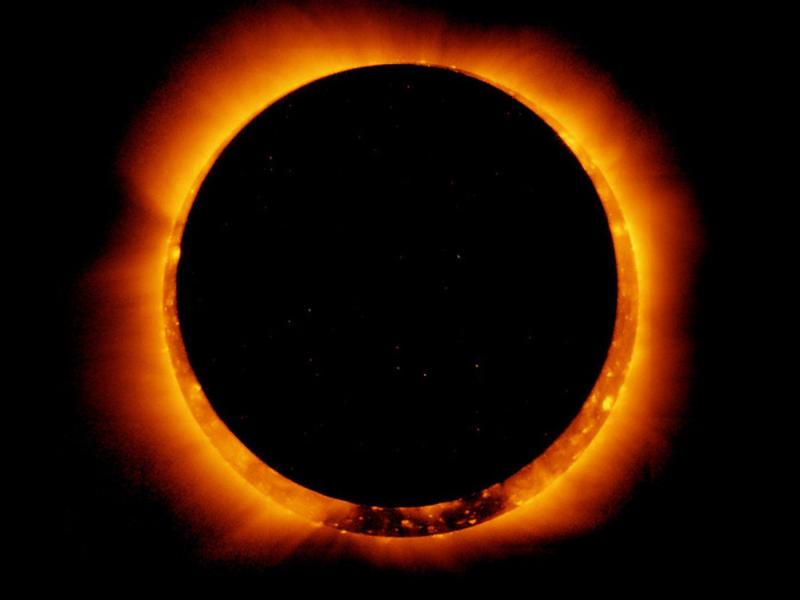‘Ring of fire’ coming to sky Saturday, Oct. 14
Area residents will be able to view an annular solar eclipse Saturday, Oct. 14, at about midday.
The event occurs when the moon passes over the sun, creating a visual “ring of fire.” Texas is in the direct line of vision of the annular eclipse that is estimated to begin at about 11:41 a.m. and to last until about 12:01 p.m.
Although the dramatic ring will not occur until closer to noon, the eclipse will begin to form about 10 a.m. and be over by 12:30 p.m. Darkening and a lowered temperature is expected.
The Texas Optometric Association is warning the eclipse must be viewed safely to avoid damaging eyes.
“Texans run the risk of temporary or permanent eye damage — also known as ‘eclipse blindness’ — from viewing the solar eclipse unsafely,” said Kumar Patel, president-elect of TOA. “And many times, people don’t know that damage has happened until much later,” he added.
Gibbs Memorial Library in Mexia will begin distributing a limited number of special solar eclipse glasses at 11:30 a.m. for safe viewing of the eclipse on Saturday. They will be distributed on a first-come, first-serve basis at the library, 305 E. Rusk St.
U.S. residents will be able to view the annular solar eclipse first in Oregon, then in California, Nevada, Utah, New Mexico and finally in Texas. For optimum visibility of the fiery ring the sky must not be cloudy, and viewers need to be in open areas away from tall buildings. Unfortunately, the forecast on some weather websites for Mexia on Saturday is partly cloudy and others sunny, but weather predictions do not always prove to be true.
The phenomenon will also be visible in Mexico and South and Central America.
An annular solar eclipse occurs when the moon passes between the earth and the sun, blocking out most but not quite all the sun’s light, according to the National Space and Aeronautics Administration.
An annular solar eclipse is rarer than a total eclipse, according to Dr. Nicola Fox, associate administrator for NASA’s Science Mission Directorate.
“An annular eclipse only happens when the moon is at its furthest away point from earth,” she told the BBC News. “In perspective to us on earth, it doesn’t completely block out the light from the sun so instead you get this incredible ring of fire around the moon.”
There will be a total solar eclipse of the sun that can also be seen in Texas on April 8, 2024. Large numbers of tourists are expected to visit from neighboring states where the eclipse will not be seen.
In addition to solar eclipse glasses, the event can be viewed safely through a pinhole projection, welder’s glasses or mylar filters, according to the TOA. For safety information see: https://science.nasa.gov/eclipses/safety/.

